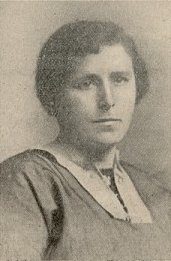
Renfrewshire is one of the 32 council areas of Scotland.
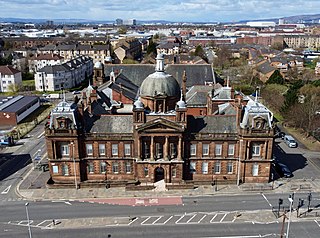
Govan is a district, parish, and former burgh now part of southwest Glasgow, Scotland. It is situated 2+1⁄2 miles west of Glasgow city centre, on the south bank of the River Clyde, opposite the mouth of the River Kelvin and the district of Partick. Historically it was part of the County of Lanark.
Red Clydeside was the era of political radicalism in Glasgow, Scotland, and areas around the city, on the banks of the River Clyde, such as Clydebank, Greenock, Dumbarton and Paisley, from the 1910s until the early 1930s. Red Clydeside is a significant part of the history of the labour movement in Britain as a whole, and Scotland in particular.
Kilbarchan is a village and civil parish in central Renfrewshire, in the west central Lowlands of Scotland. It is almost contiguous with Johnstone, about 5 miles or 8 km west of the centre of Paisley. The village's name means "cell (chapel) of St. Barchan". It is known for its former weaving industry.

The Diocese of Paisley is an ecclesiastical territory or diocese of the Latin Church of the Catholic Church in Scotland. Erected on 25 May 1947 from the Archdiocese of Glasgow, the diocese covers the historic county of Renfrewshire and is 580 km2 (220 sq mi) in area making it the smallest diocese by area in Scotland.

Sir Patrick Joseph Dollan and his wife, Agnes, Lady Dollan were Glasgow activists in the Scottish Independent Labour Party. During the First World War they campaigned against the Munitions of War Act of 1915 which suspended trade unionists' rights for the duration of hostilities.
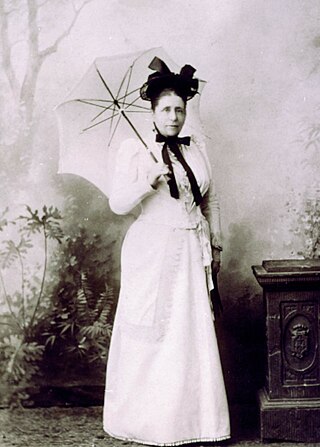
Isabella Ure Elder (15 March 1828 – 18 November 1905) was a Scottish philanthropist who took a particular interest in education, especially of women, and in the welfare of the people of Govan in Glasgow. In Govan alone, Elder was responsible for building Elder Park Library, a School for Domestic Economy, Cottage Hospital, the Cottage Nurses Training Home, and erecting a statue in honour of her husband John Elder. She also gave Elder Park to the people of Govan. Many of her philanthropic works are still open to the community today.
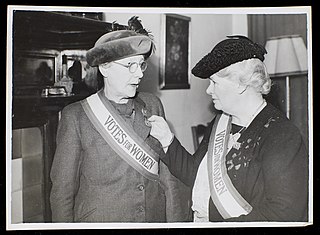
Helen Crawfurd was a Scottish suffragette, rent strike organiser, Communist activist and politician. Born in Glasgow, she was brought up there and in London.
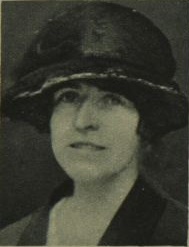
Agnes Johnston Dollan MBE, also known as Agnes, Lady Dollan, was a Scottish suffragette and political activist. She was a leading campaigner during the Glasgow Rent Strikes, and a founding organiser of the Women's Peace Crusade. In 1919, she was the first woman selected by the Labour party to stand for election to Glasgow Town Council, and later became Lady Provost of Glasgow.
Mary Laird was a founding member and first President of the Glasgow Women's Housing Association, a President of the Partick Branch of the Women's Labour League, associated with the Red Clydeside movement, and supported the Glasgow Rent Strikes of 1915 alongside Mary Barbour, Agnes Dollan, Mary Jeff and Helen Crawfurd. Laird went on to participate in wider social activism for women and children's rights.

The Women's Peace Crusade was a grassroots socialist movement that spread across Great Britain between 1916 and 1918. Its central aim was to spread a 'people's peace', which was defined as a negotiated end to the First World War without any annexations or indemnities. The movement was first established in Glasgow in July 1916, and officially launched on 10 June 1917. It later spread across Great Britain, with demonstrations taking place in Leeds, Bradford, Leicester, Birmingham and Lancashire. Although it gathered a substantial following, the Women's Peace Crusade faced opposition from both the government and police, with members being arrested and reportedly threatened.
South Govan Women's Housing Association was established in 1915 under the leadership by Mary Barbour in Govan on the south side of Glasgow in Scotland.
Glasgow Women's Housing Association (GWHA) was established in Glasgow, Scotland, in mid-1914 by the Independent Labour Party Housing Committee launched by Andrew McBride in 1913 and the Women's Labour League in reaction to the increasing rent prices and overcrowding exacerbated by the advent of the First World War.
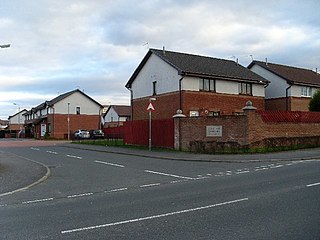
Jane Rae was a British political activist, suffragist, councillor and justice of the peace. She was one of the activists involved in the 1911 all-out strike at the Singer Sewing Machine factory at Kilbowie in Clydebank. She was also active in the women's suffrage movement and in the Clydeside Rent Strike. She became Branch Secretary of the Clydebank branch of the Independent Labour Party, and served as a Labour councillor for Clydebank Town Council from 1922 to 1928. She is commemorated with a plaque in the gardens of Clydebank Town Hall.
Red Skirts on Clydeside, produced in 1984, is the fifth documentary film made by the Sheffield Film Cooperative. It follows the process of rediscovering women's histories, focusing on the Glasgow Rent Strikes of 1915 and four of the women involved: Helen Crawfurd, Agnes Dollan, Mary Barbour, Jean Fergusson.
Mary Anderson Snodgrass (1862–1945) was a politician, suffragist and advocate for women's rights.

Mary Bell (1885–1943) was a Scottish politician, one of the first Scottish women to be elected as a local councillor, and the first female senior magistrate of the city of Glasgow.

Mary Jeff (1873–1941) was a Scottish activist and politician who was involved in the Glasgow rent strike.

Renfrewshire is one of the 32 council areas of Scotland, formally established in 1996 to succeed the Renfrew district within the Strathclyde region, both of which were abolished; the headquarters are at Paisley.
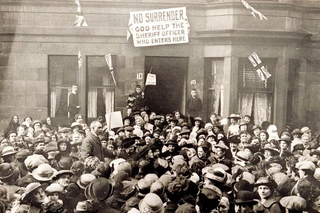
The 1915 Glasgow rent strikes were a series of tenant mobilizations by Glasgow, Scotland tenants opposing rent increases by landlords, who raised rents following a housing shortage.

